|
Giardini, home to both soft and super powers is usually a safe starting place for a Biennale visit. With 30 pavilions to visit, typically more than half of them usually play host to interesting and engaging shows. This year though, the odds are not in your favour. You’ll find some good talking points but you won’t often find exhibits that successfully marry concept with aesthetic this year. The press release for the Biennale confirms more than 50% of this year’s artists are women but what it should also mention is the similar percentage of video art in the exhibits. At Giardini I counted approximately half of all shows as having a major- if not completely filmic element. Does that matter? Well yes. Firstly, videos come in all forms. They can be documentary or experimental stand alone pieces, or be secondary or supporting material in a wider show. Sometimes there’s sufficient artistry to the video to warrant it being at an art show. And at other times that’s just not the case. My two favourites from Giardini were video installations in settings that were adapted to suit or carry on the themes of the videos so they were completely appropriate to the context. But I also saw a lot of video that I would argue would have been better suited to a film festival setting or even online. Both Canada’s Isuma and Finland’s Miracle Worker’s Collectives addressed their native peoples’ plights although Finland’s show was more a more complex and multi layered project. It managed to link the past to the present. In these cases I would say that the Isuma work felt too documentary in style for the Biennale context while Finland’s exhibit was appropriate (and occasionally funny). Humor was in short supply elsewhere at Giardini; the Belgian Mondo Cane show by Jos De Gruyter and Harold Thys went down well with my friends but I saw it more a talking point than anything else. It had a macabre kind of humor to it all (it was like a mean Spitting Image style show full of mechanical puppets each with their own nifty back story) but I wasn’t a fan even if I could appreciate the smaller scale recreation of our current day grumpy society. There was also the unintentional humour of Egypt’s exhibit which left me feeling the same way a visit to that pavilion always does. Why??? Sphinxes with monitors for faces? Why???? There are so many talented Egyptian artists that would benefit from the exposure that the Biennale can offer so why does the commissioning team always try to shoehorn tacky, Egyptian tourism instead of giving more authentic work a chance. Speaking of shoehorning, Russia as always exists on its own plane. It’s terms of reference and aesthetics are a world of their own that it often subjects the Biennale to. This time the Winter palace (the Hermitage) and its Rembrandt (and Flemish collection) act as the muse. This to me was post postmodern appropriation: Russia appropriating the West. Again my cohorts loved it but the dark Rembrandt room of screens and clay models upstairs and the pulley system and wooden ballet downstairs left me scratching my head a bit. I did however decide that Alexander Shishkin-Hokusai (who along with Alexander Sokurov created this year’s work- hell its AlexanderSquared) has the best pseudonym in the business. There were a half dozen or so pavilions that I thought almost completely pulled it off or at least hosted some exceptional work among the artworks they presented.
South Korea and Japan are usually fail safes; it could be my time living in Japan makes me bias towards East Asia but I enjoyed the Japanese show which was a riff on their animist origins. Cosmo Eggs by Motoyuki Shitamichi+Taro Yasuno+Toshiaki Ishikura+Fuminori Nousaku is a mythical retelling of human settlement done through video, installation and automated music. It’s a little kooky but it’s so rewarding to travel around the elements and collect the pieces of the story being told. There’s an environmental bent to the story as well as some really evocative magical thinking. Korea hands the keys of the pavilion over to video makers and its here that the case for multi-channel video (on three screens) being the most common element at this year’s Biennale is proven to the best effect. With History Has Failed Us, but No Matter * Korea plays the gender card and picks up the motif of Korea’s forgotten all female theatre troupes. The three female artists siren eun young jung, Hwayeon Nam, and Jane Jin Kaisen essentially redress who gets recorded in history and how. A Performing by Flash, Afterimage, Velocity, and Noise (2019) by siren eun young jung is perhaps the most exhilarating video I saw at the Biennale. Past winners Germany this year continue the theme of containment and isolation with Natascha Süder Happelmann’s multimedia installation. I was pleasantly surprised by the second half of the installation which I won’t spoil for you here. The old gallerist in me took one look at it and immediately had pangs for the staff who are going to be tasked with its eventual removal. My heart goes out to them. Yamundú Canosa’s La Casa Empaticà was a lovely and very welcome offering at the Uruguay pavilion. Borders and walls are a recurring theme at this year’s exhibit (and our daily lives) but Canosa makes such an impersonal topic feel human with her paintings and collection of objects that look how arbitrary our notion of borders and their effectiveness are. Romania, Poland and Israel were all talking points for me this year; good solid exhibits that looked at themes such as unequal wealth, social injustice and national identity. Roman Stańczak’s Flight is the strongest offering out of this group. For me though, the two clear - and by a country mile- standouts at Giardini this year were from the Australian and Danish pavilions. For Assembly, Angelica Mesiti looks at the architecture of political power and all its trappings; whether through the way that politics plays out (in the historically significant circular Senates) or the very way that history is recorded moment by moment (stenography and other mediums) even as the democratic values that created these tools and traditions are fragmenting and collapsing all around us. I’m going to look at the work in more detail in a separate post because it really is an amazing work; so well conceived and realised. The same can be said for Larissa Sansour and her work at this year’s Danish pavilion - Heirloom. Here it’s not political power that we are clinging to but memory itself. And how useful is that memory? In one of the most impressive videos I have seen both for concept as well as aesthetic, Sansour addresses the artifice and sinister nature of memory and what it means to cling to a past that may or may not belong to us. Again this was such a powerful work that I will be looking at in another post because it really deserves more than a passing comment. So in a (long and subjective) nutshell you’ve got your must sees at Giardini 2019 and a couple of should sees and should avoids too. It’s that time of year when I put my curator hat back on and try and give you the benefit of my experience (and very subjective opinion) to make sure you get the most out of your visit to the Venice Biennale. The Venice Art Biennale is one of few fixed events in my calendar that I make sure I never miss. Every time I go to Venice it takes my breath away. I don’t know whether that’s because of the extortionate prices they charge for practically anything, because the city’s just so fucking beautiful or because these days I only go there for the Biennale and I find myself lost in my thoughts when I’m there. Factor in the bonus of some artporn and a few spritzes and the Art Biennale usually makes for a perfect weekend away for an art nerd like myself. For me the anticipation often starts a few months’ earlier than the actual visit. If I haven’t already begun sleuthing of my own accord I usually start getting excited about it all when I receive a couple of texts to translate for promotional purposes or for the gallery wall panels.
This year’s May You Live In Interesting Times- the fifth consecutive Biennale I’ve attended- had all the same build up of Biennales past but the actual reality of the visit marked something of a change for me. Usually after each visit I really struggle to whittle down the national pavilions to a concise best of the best. I have to go through my notes and reflect a lot in order to get my head around what I saw and what spoke the most to the curator and the artist in me. (You may or may not know that I was a curator and gallerist once upon a time). I inevitably end up feeling like I’m short changing a few artists because so many had something exceptional to offer. Worse still, I normally spend so much time being enthralled at a national level that the central, combined exhibitions feel like an obligation that I have to get through, carefully managing what little time I have left to search out the gems and filter out the distractions and all the noise. This year was almost a complete reversal for me. I found myself struggling to enjoy many of the national presentations and instead more enthralled by what was on show in the collective exhibits which under Ralph Rugoff’s curation felt unified, cohesive and engaging where in the past they were often a rambling, time consuming mess. I won’t go into Giardini and Arsenale just yet- they’ll get separate posts as per the tradition of this blog. But I will say this: if you’re planning on heading to the Biennale this year you’ll do well to manage your level of expectation, especially if you’ve visited Biennales in the past. This year there’s very little that’s playful or fun and humour is in very short supply. This year is a serious Biennale and worse still, very few artists who had a national showcase to play with managed to really hit the mark. So you’ll have to be patient and pace yourself until the highlights present themselves (and sometimes re-present themselves) and make the long, expensive vaporetto ride seem worthwhile. And of course get a leg up with my tips and suggestions. |
Dave
|
|
|
Dave Di Vito is a writer, teacher and former curator.He's also the author of the Vinyl Tiger series and Replace The Sky.
For information about upcoming writing projects subscribe to the mailing list. Dave hates SPAM so he won't trouble you with any of his own. He promises. |
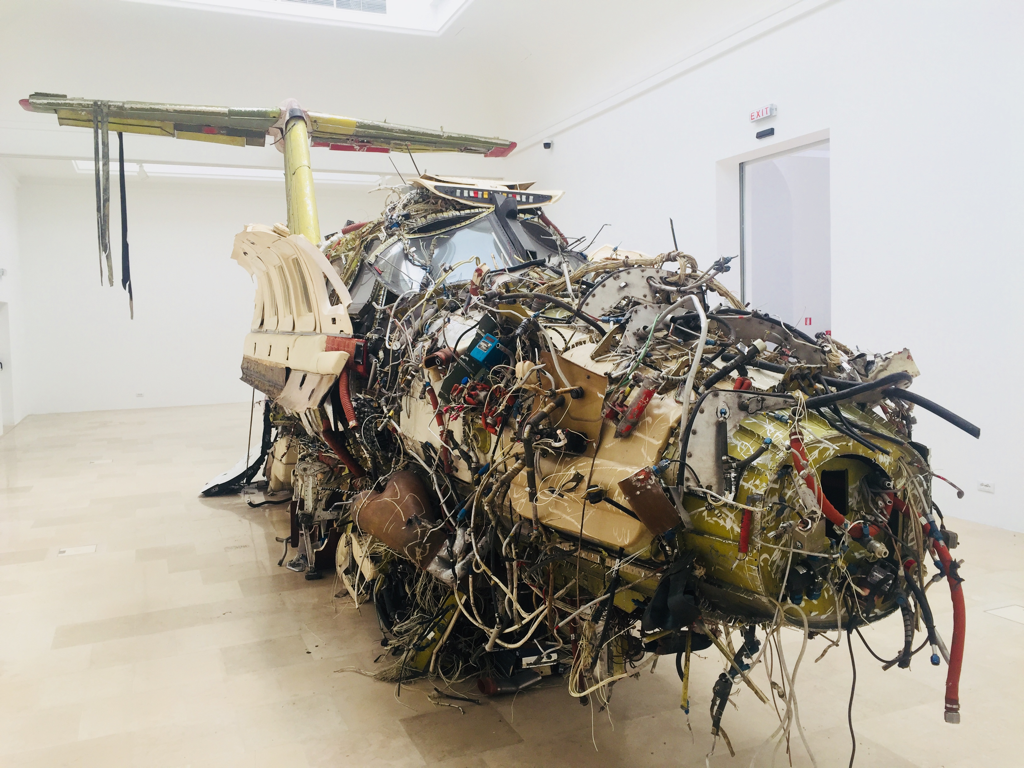
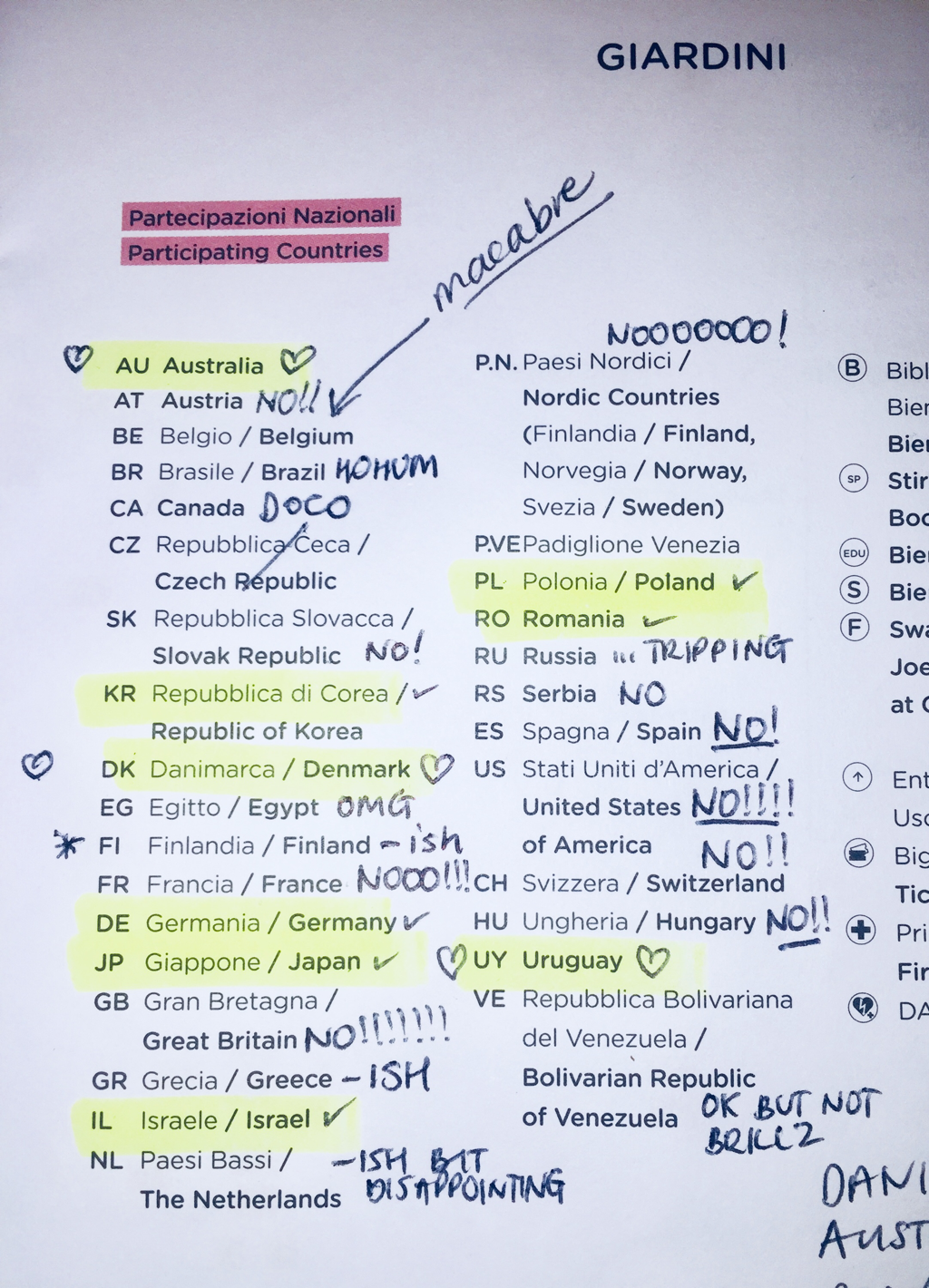
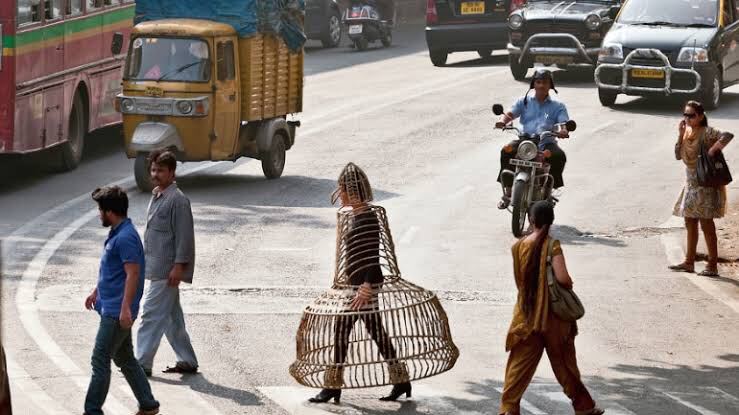
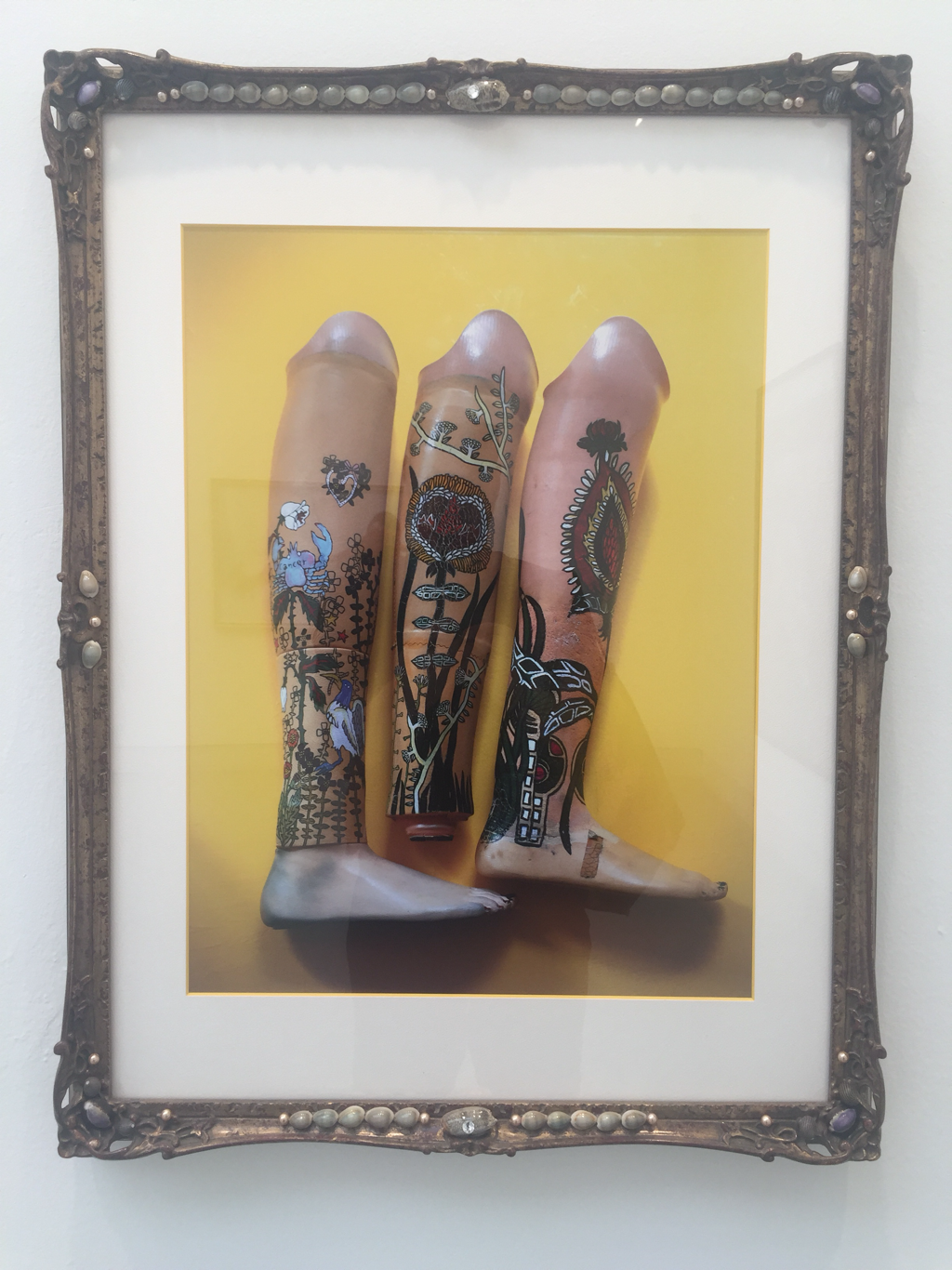
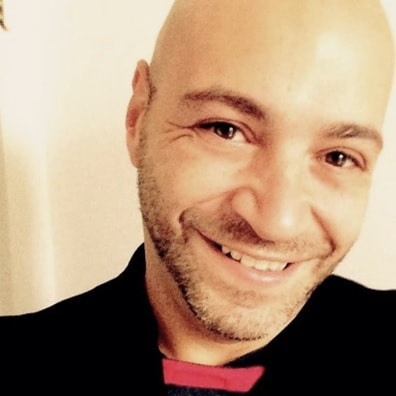
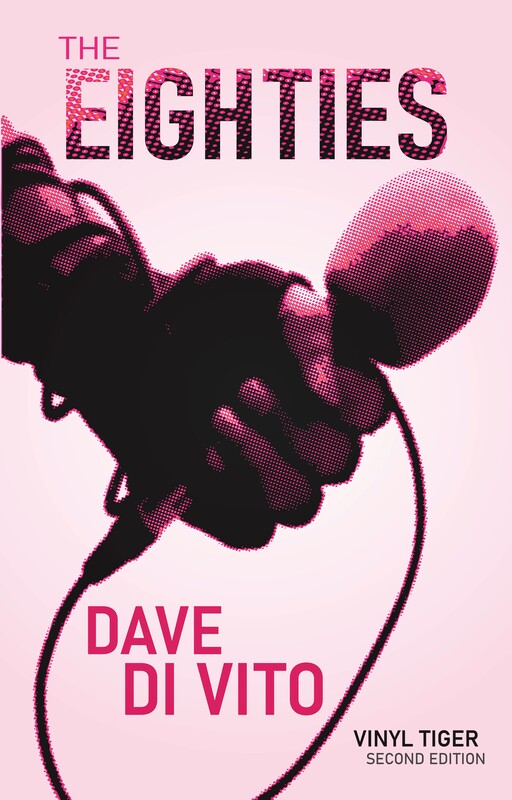
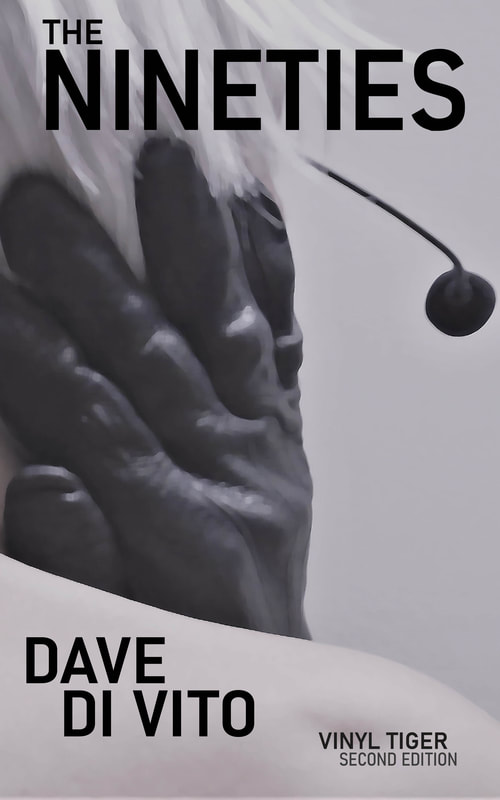

 RSS Feed
RSS Feed